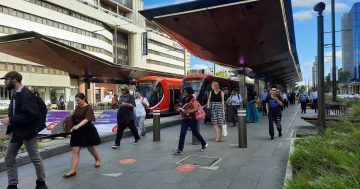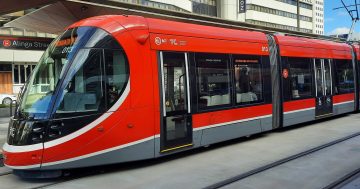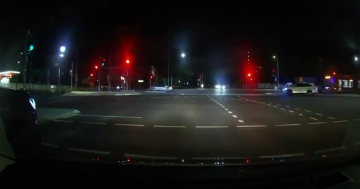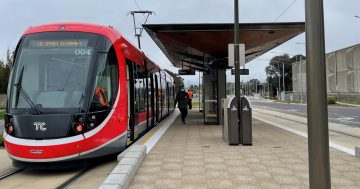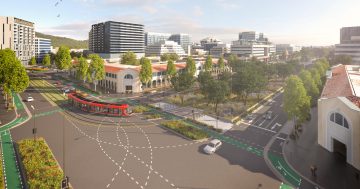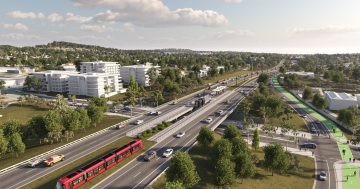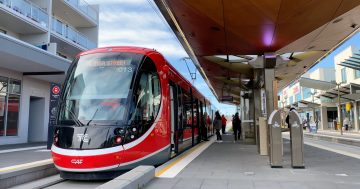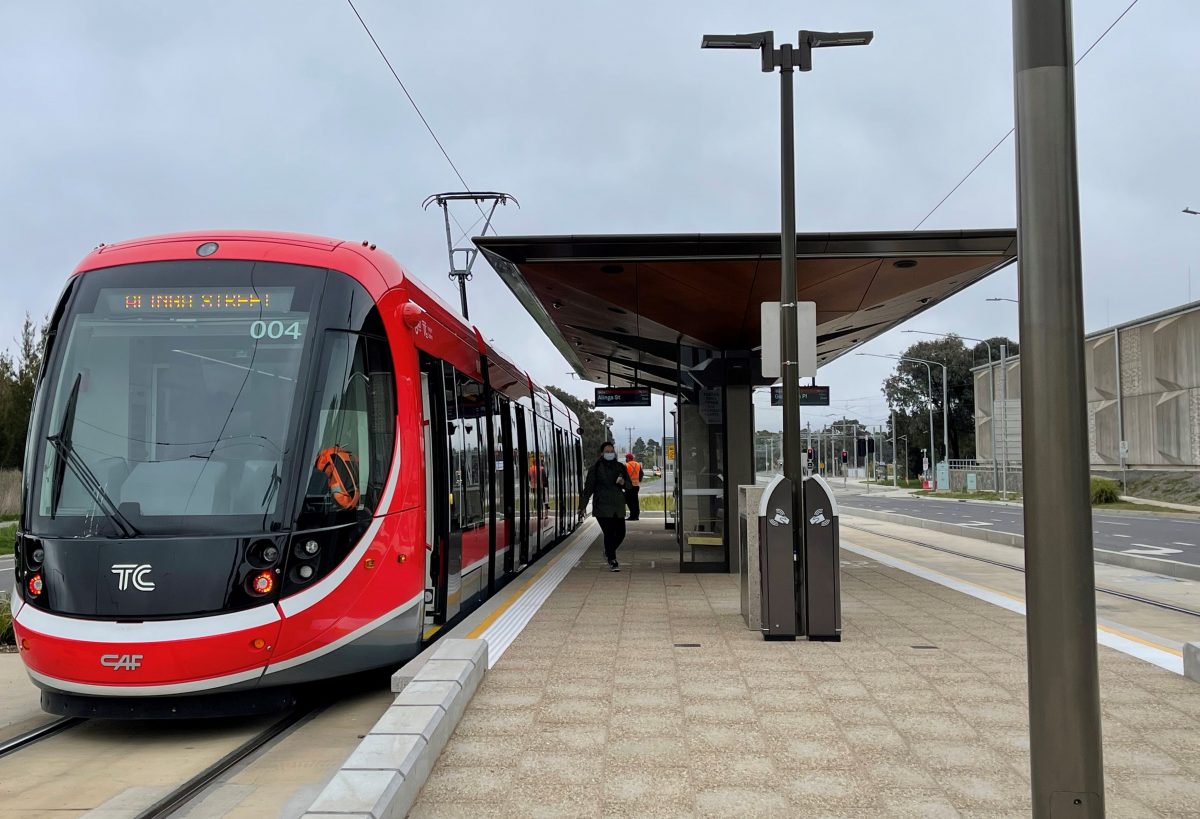
Despite multiple elections covering the issue, light rail remains a hot-button political issue. Photo: John Mikita.
Year in Review: Region Media is revisiting some of the best Opinion articles of 2022. Here’s what got you talking, got you angry and got you thinking in 2022. Today, Ross Solly asks why there is such a fuss about light rail in Canberra.
In the past month, I have had cause to visit three small European cities not usually found on your standard tourist route (although all are well worth a visit, this is not a travel blog).
Augsburg is about 50 kilometres from Munich and is one of Germany’s oldest cities. Szeged is about two hours from Budapest and is Hungary’s third largest city. Poznan is one of Poland’s oldest cities and the fifth largest city in the country.
All these cities have a thriving light rail network. Szeged, with a population of less than 200,000, has a network operating more than 20 kilometres. The first trams started rattling through the streets in 1884, and now there are four full tramlines.
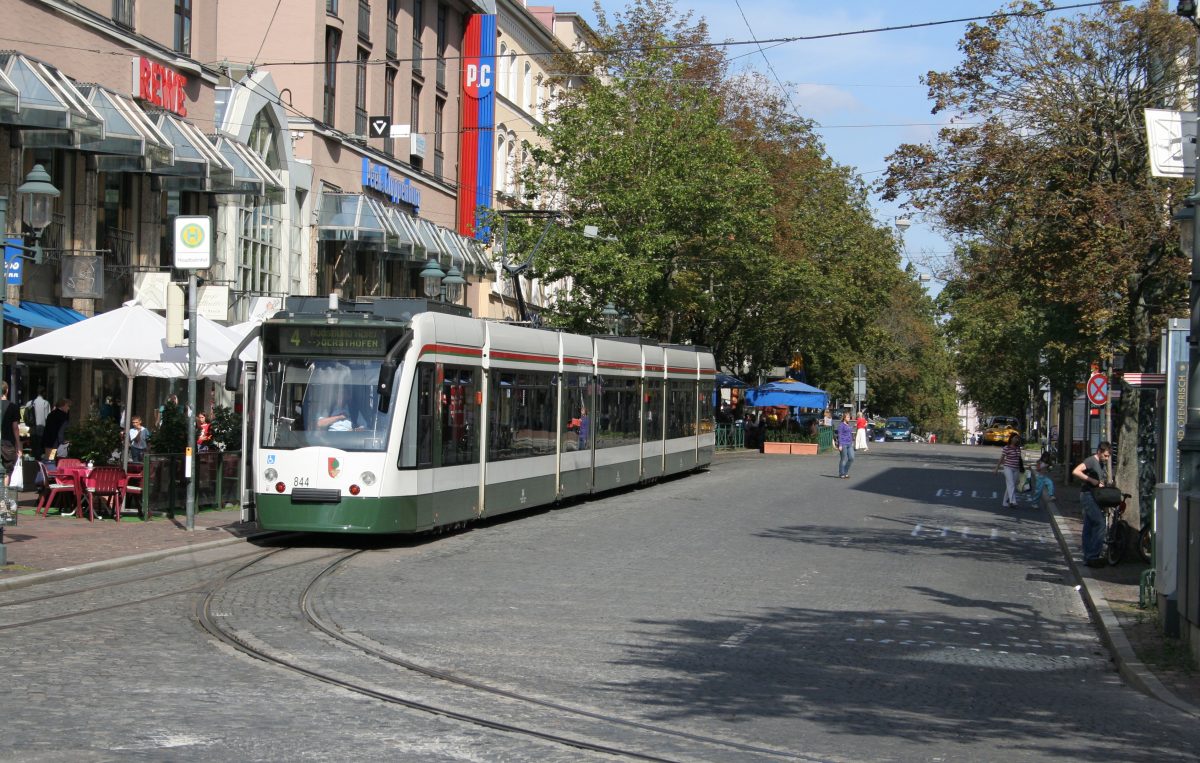
Augsburg – population 300,000 – has been running a tram for over a century. Photo: Mauritsvink.
The Augsburg tram system stretches almost 50 kilometres across five lines and is the second largest in Bavaria. The first line opened in 1881.
Poznan is the most impressive, with 20 lines winding about 66 kilometres around the city. The first electric tram replaced horse trams in 1898.
The reason for this short history lesson on the tram system in three cities you probably don’t really care about? Because Augsburg, Szeged and Poznan are cities smaller than, or of similar size, to Canberra.
I mention all this because light rail in Canberra is still such a hot-button issue, and I’m sure is going to remain that way. This week we had confirmation that the Barr Government is unlikely to proceed with a new sports stadium. A lot of the comments I read about this decision referred to light rail, and not in a positive way.
I asked some of the locals in my three European cities what they thought of their light rail network. To a person, the response was positive. I’m sure if I kept looking, I could find people who didn’t like the trams, thought they were a waste of money, made too much noise or just got in the way.
But these tram systems have been operating for over a century, so the locals know no different. What they do know is that they are convenient, eradicate the need for car parks, and keep their thriving historical city centres free from cars.
In fact, many of my interlocutors expressed a desire for even more tram lines.
I told them I came from Canberra. Most had heard of our city, but none had visited. I told them we had one tramline, and its construction had caused much angst. I said we were looking at extending our tram system, and this, too, was causing considerable angst.
So how does everyone get around, they asked? I told them everyone drove cars and paid exorbitant parking fees. They looked at me like I was mad, and I must admit, as the words came tumbling out of my mouth, I questioned if I sounded like a madman.
The other point these hapless locals trapped by my constant questioning made was that tourists love the trams. It is a cheap and easy way to get around their city and to all the important sites.
By the way, neither Augsburg, Szeged nor Poznan have big sports stadiums in the middle of their city. But they do have thriving cultural quarters, and beautiful old city centres free of cars and ugly multi-storey car parks.
Obviously, comparing modern Canberra with three centuries-old European cities is not a perfect science. But all through Europe, you will find similar stories and similar sentiments.
Some of us might not see the point of light rail in Canberra at the moment. But if the experience of these European cities tells us anything, it’s that a well-run light rail system can transform a city.
And once it becomes a regular and essential part of your daily life, you’ll be left wondering what all the fuss was about.











